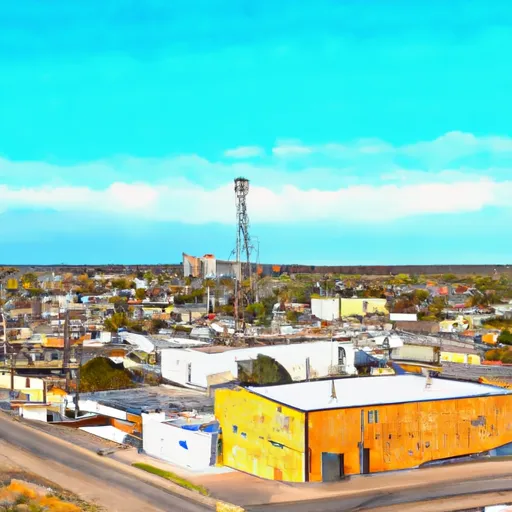°F
°F
mph
Windspeed
%
Humidity











San Felipe, Texas is a small town located in Austin County. Its climate is characterized by hot and humid summers, with average temperatures ranging from the mid-80s to low 90s Fahrenheit, while winters are mild, with temperatures averaging in the mid-40s to low 60s. The area receives about 46 inches of rainfall annually.
The town is situated near the Brazos River, which provides a significant hydrological contribution to the region. The river enhances the local ecosystem and offers opportunities for outdoor activities like boating, fishing, and birdwatching. Additionally, San Felipe State Historic Site, located on the west bank of the Brazos River, provides visitors with a chance to explore the rich history of the region.
Outdoor enthusiasts can also enjoy hiking and biking along various trails in the area, including the Stephen F. Austin State Park Trail. This park, located nearby, encompasses a diverse landscape with forests, wetlands, and wildlife, making it an ideal spot for nature lovers.
In summary, San Felipe, Texas offers a warm and humid climate, a hydrological connection to the Brazos River, and a variety of outdoor recreation opportunities, making it an attractive destination for those seeking both natural beauty and historical significance.
Weather Forecast
San-Felipe receives approximately 1067mm of rain per year, with humidity levels near 90% and air temperatures averaging around 21°C. San-Felipe has a plant hardyness factor of 9, meaning plants and agriculture in this region tend to thrive here all year round.
Regional Streamflow Levels
855
Cubic Feet Per Second
0
Cubic Feet Per Second
1,380
Cubic Feet Per Second
127
Cubic Feet Per Second
Nearby Camping
| Camping Area | Reservations | Toilets | Showers |
|---|---|---|---|
| Navasota RV Park | |||
| FM 521 River Park | |||
| Riverside Park - Bay City | |||
| Stephen Austin State Park | |||
| Oyster Lake County Park Dispersed | |||
| Gibbons Creek Reservoir |



